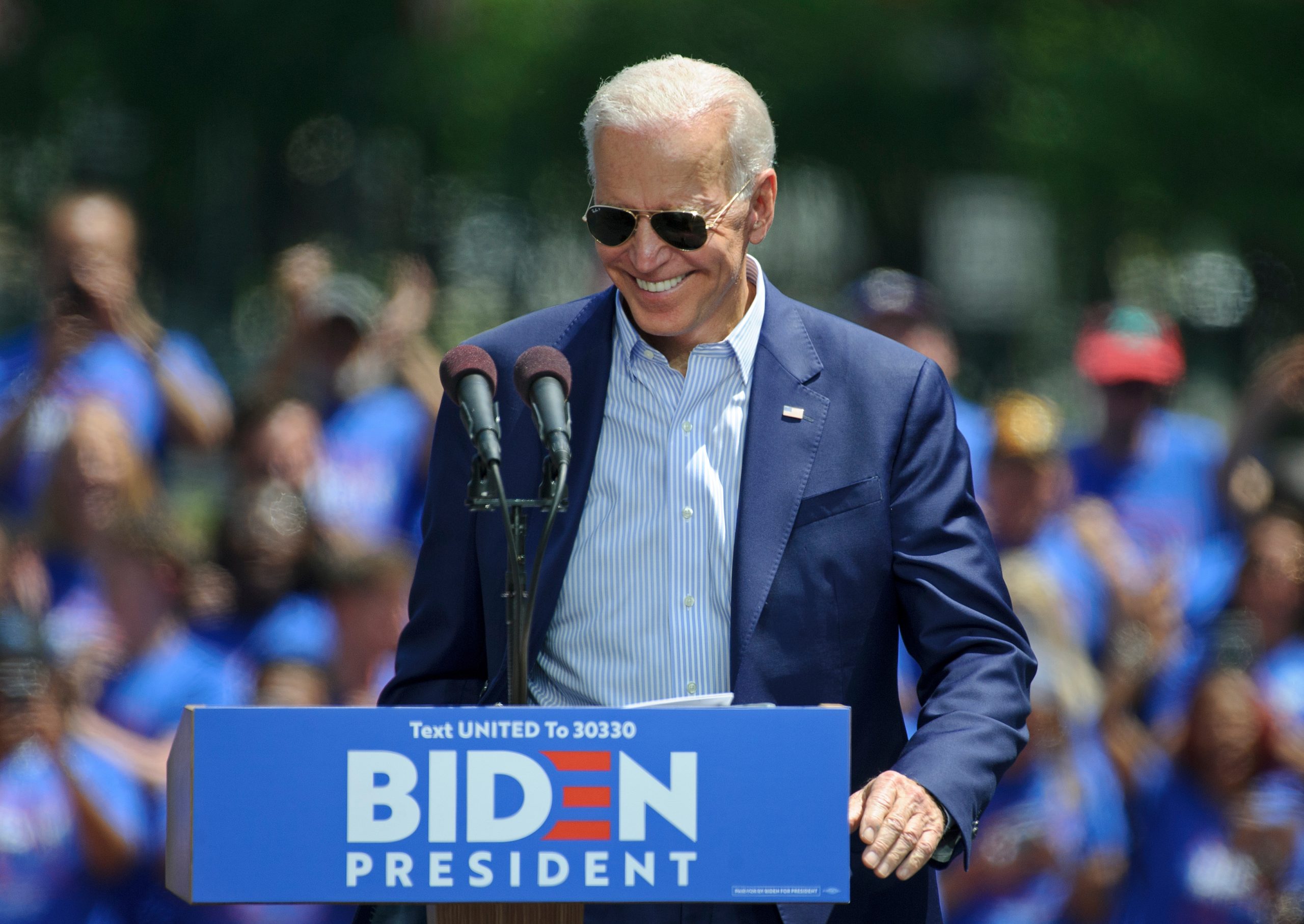Persistent Inflation Continues To Pressure Americans

U.S. consumers continue to feel the sting of inflation, despite reports suggesting a slight cooling in May. The consumer price index (CPI), a critical gauge of consumer costs, rose a modest 4% last month compared to a year earlier, the Labor Department reported Tuesday morning. This uptick was in line with economists’ expectations. Yet, for countless American families, it’s an unwelcome weight on their household budgets.
Stripping out the volatile components of food and energy, the core CPI tells a harsher story: a 5.3% rise year-on-year and 0.4% month-on-month. These figures underscore a sustained level of price pressure, a harsh reality for Main Street America but seemingly brushed aside by many policymakers.
Core inflation has hovered near 0.4% in monthly increases since December, offering little indication of a substantial easing in price increases. The numbers are clear – despite the Federal Reserve’s efforts to curb inflation, it has shown stubborn resilience. Persistent, robust core inflation bears the troubling sign of being what economists describe as “sticky.”
It is a sticky situation indeed, as inflation continues to run well above the Fed’s target of 2%. It’s worth noting the Fed leans on a different measure for its inflation target: the personal consumption expenditure price index, as compiled by the Commerce Department. As of April, this index increased to 4.4% from 4.2% in March, signifying the central bank’s efforts to tame inflation are falling short.
Despite the ongoing challenges, the Fed has remained optimistic, projecting that the index will fall to 3.5% by year’s end.
Greg McBride, chief analyst at Bankrate, calls this stubborn persistence a result of an “imbalance between demand and supply,” with “too many dollars chasing too few goods.” A combination of strong consumer spending, spurred by a buoyant labor market and significant stimulus, is countering the Federal Reserve’s interest rate hikes designed to temper inflation.
With shelter costs making up nearly a third of the CPI, and despite recent declines in home prices, housing-related expenses like property insurance, maintenance, and property taxes continue to soar. The robust core inflation portrays an economy still grappling with surging prices, which should demand our leaders’ full attention.
The Fed may implement interest rate hikes to cool the economy if inflation persists. That would undoubtedly squeeze consumers further, raising the cost of borrowing in an already challenging economic landscape and leading to the direct threat of recession and job losses.












